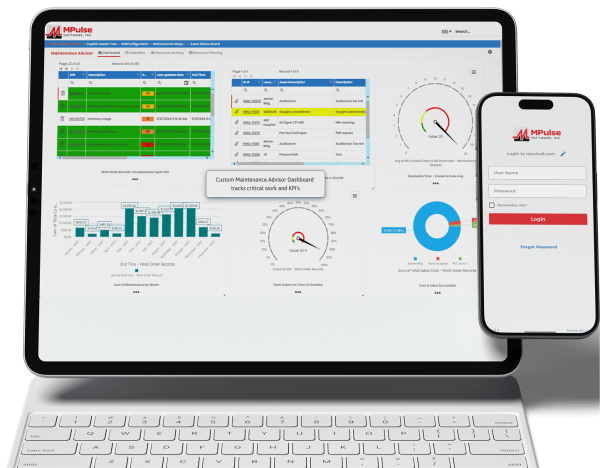I’ve never met a maintenance worker who didn’t know how to build or repair something in a more streamlined way. With detailed knowledge about equipment and assets, they’ll tell you exactly how to make things run smoother or more efficiently on the production line or in a facility. That’s valuable knowledge. And too often it’s overlooked by the executive team and other department managers. Management support on maintenance projects is essential.
Such was the case with Tom, a relatively new MPulse customer who felt his team’s good ideas were not getting the support they deserved. “I kept trying to explain to my boss why we needed to invest in some of these plans,” he told me. “But I wasn’t getting through to him.”
Tom’s problem wasn’t the ideas. His problem was translating those ideas into the language of management—dollars.
Table of Contents
Learn to Speak the Language
For maintenance workers, getting the job done means checking things off the list. The value of the work is a job completed.
Executive managers, however, think about costs versus benefits. The value of the work is the return on investment (ROI) for the organization. So while Tom sees his maintenance strategy as tasks completed in a timely manner, his boss sees dollars.
Think in Dollars
I told Tom what I know to be true in any business or organization: “If you aren’t thinking of your work in terms of dollars, someone else is.”
To convince his managers to support these projects, Tom needs to show them how they can save more money than they cost. He needs to prove the ROI of these investments.
ROI is a simple mathematical equation:
ROI = (gain from investment – cost of investment) / cost of investment
So, how does Tom do that? He can use his MPulse CMMS data to calculate how these proposed projects will positively impact his company’s balance sheet.
To get you started, Phil Beelendorf shares his ideas on calculating ROI in “How Effective is Your Maintenance Strategy” from Plant Services. The first step is a shift in your approach. “Teach yourself to always think like an accountant instead of a maintenance professional,” he writes.
There’s more to this story, however. Tom’s real goal is autonomy—the ability to make decisions that he thinks will improve how his maintenance team—and his company—performs. I’ll share more of Tom’s story in another post. In the meantime, contact MPulse with any questions about proving maintenance ROI.






